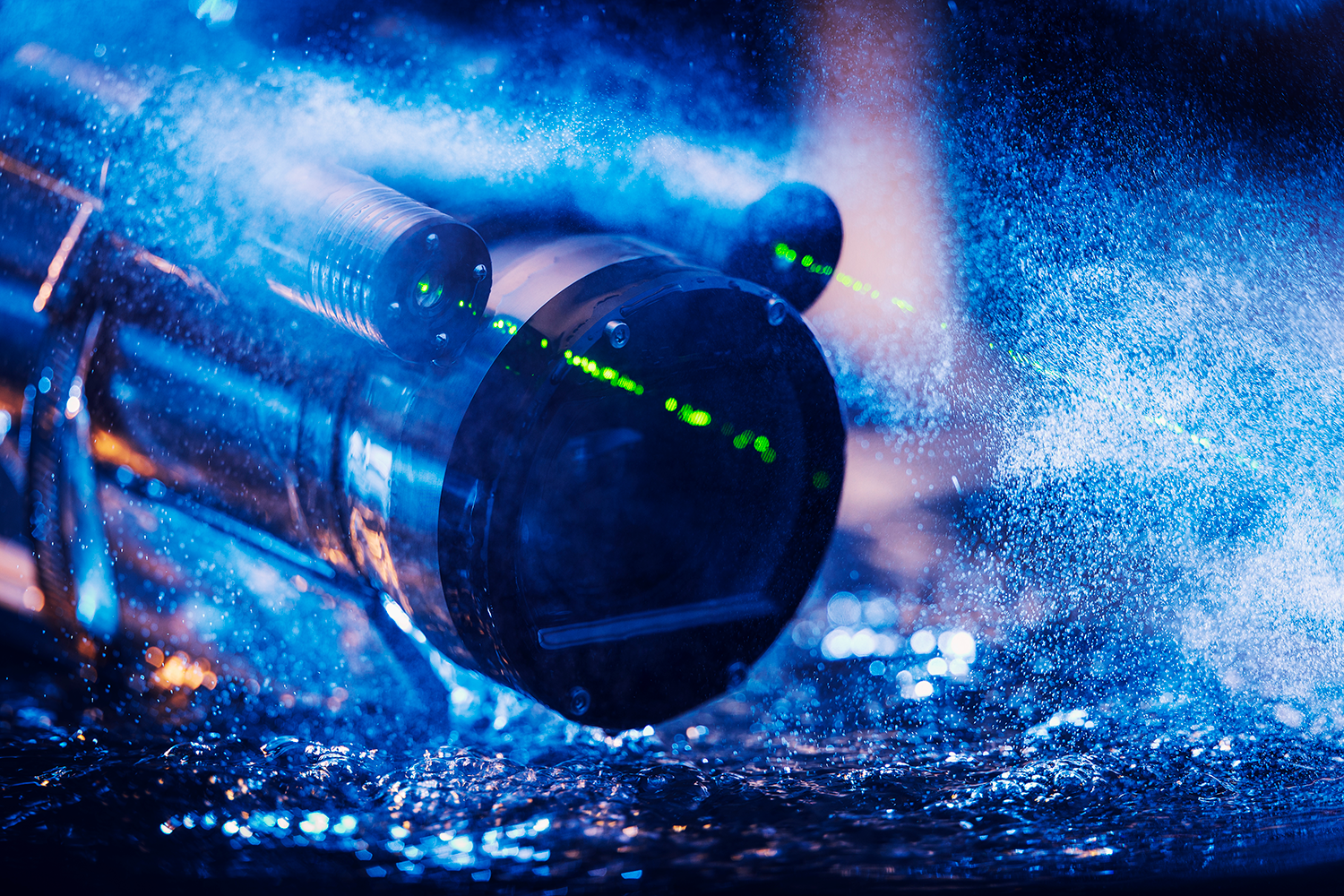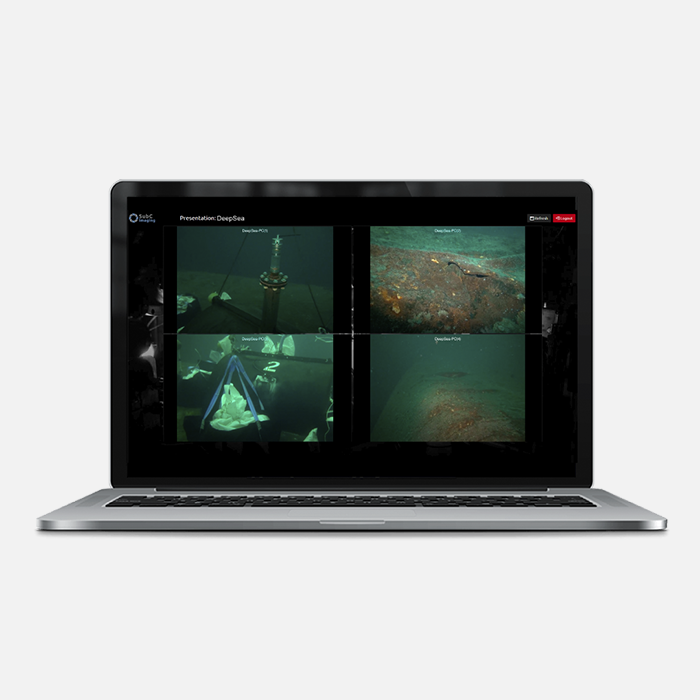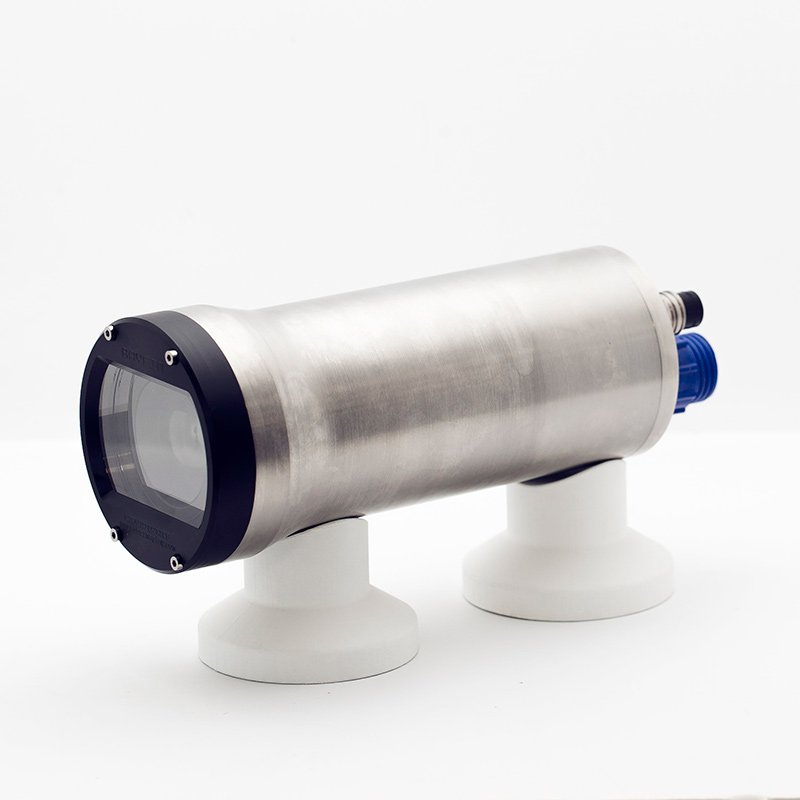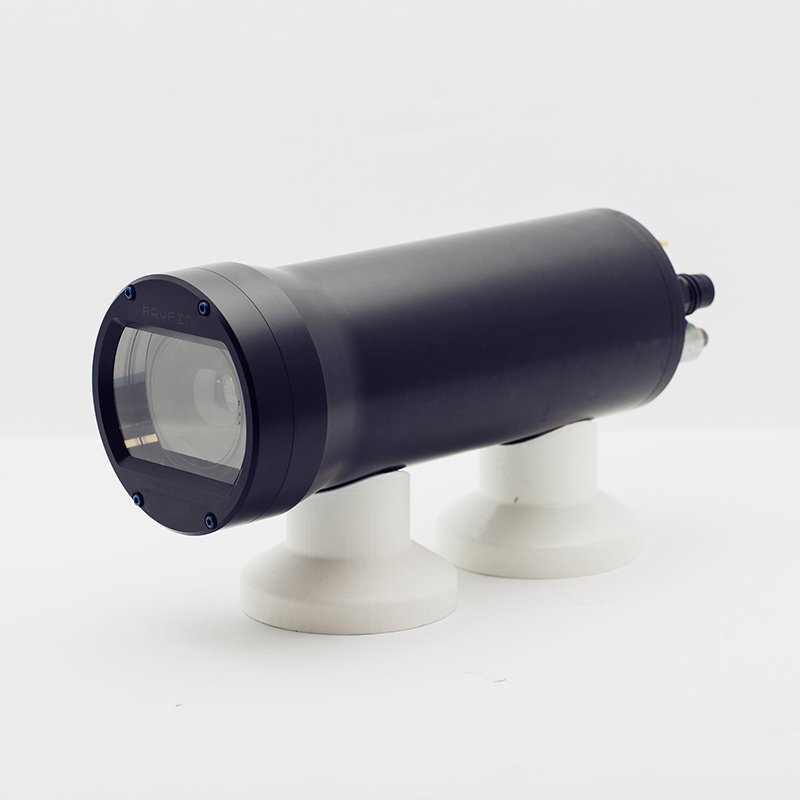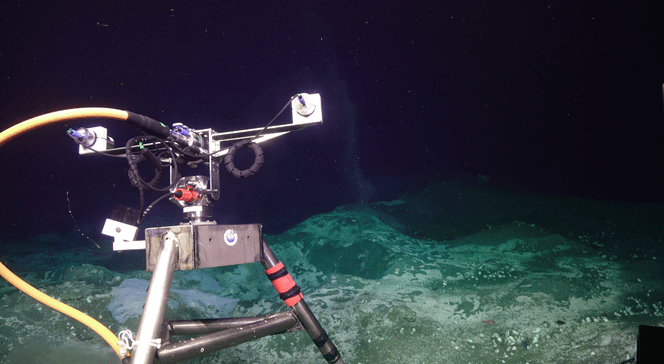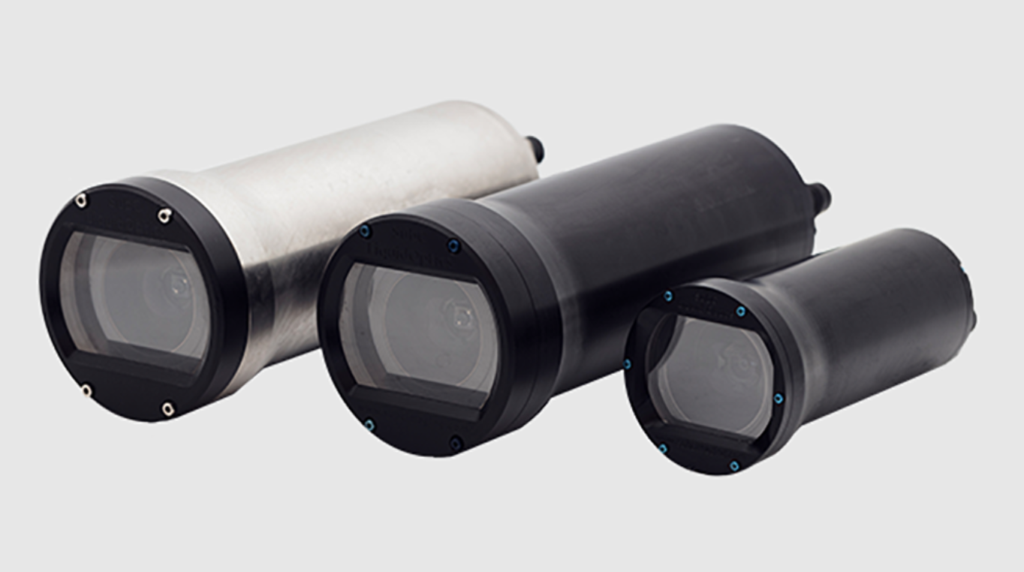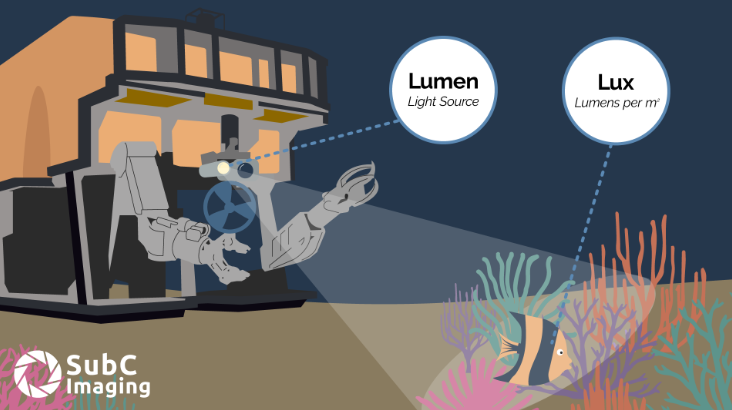
SubC Imaging’s high-performance subsea lights highlight the importance of understanding lumens and lux in underwater applications. This guide breaks down these key lighting metrics. Read more > >
Lighting plays a crucial role in the success of underwater operations, from marine research and offshore inspections to deep-sea exploration and cinematic imaging. But not all subsea lighting is created equal. To make sense of product specs and performance claims, it’s essential to understand two core concepts: lumens and lux.
Lumens measure the total light output emitted by a source, reflecting the overall brightness. High-lumen subsea lights, such as those from SubC (offering up to 32,000 lumens), are key to capturing clear visuals in the darkest depths.
Lux, on the other hand, measures how much of that light actually reaches and illuminates a surface. It’s influenced by several variables including beam angle, depth, and water clarity—all of which can dramatically affect the effectiveness of a lighting system.
For example, clear water and shallow depths require far less lux to illuminate a target than murky water hundreds of meters down. The article explains how beam spread affects lux and why it’s critical to understand how light interacts with underwater environments.
SubC Imaging also explores the real-world relationship between lux and lumens, emphasizing how the right balance between the two leads to superior visibility, sharper imaging, and better overall performance.






